The horror category has always been a genre in which there has not always been parthenogenesis, whether it concerned the part of movies and cinema or that of gaming. On the contrary, many times younger creators “stepped” on previous works of older creators, in order to create their own feeling.
Sometimes because they wanted to improve on their predecessor from which they drew inspiration, sometimes because they wanted to pay homage to the creator who inspired them, and other times because in this way the viewer (in the case of films) or the player (in the case of games) could feel more “at home” and identify or miss the moments he had spent in the past with something he has already seen or played again, with the risk of course of the new work – which “steps” in the former – not being good enough or not differentiated as much as it should be from the work from which it derives its inspiration.

Phobia: St. Dinfna Hotel is an indie game developed by Pulsatrix Studios, a newly formed group of creators from Brazil, which – in collaboration with the publishing company Maximum Games – created the indie first-person horror title in question.
Fobia has clear influences mainly from the original titles of the Resident Evil series, but also from Resident Evil 7 , mainly in the way of approaching the gameplay, but also the inventory management. The influence of an equally well-known horror game series, the Silent Hill games, is also important, while the Pulsatrix Studios team also draws inspiration from the Outlast series. We also found a clear influence from the cinema and more specifically from the movie “The Shining” of 1980 in terms of interior design and especially in the part of the hotel, which is also the main place where the story develops.
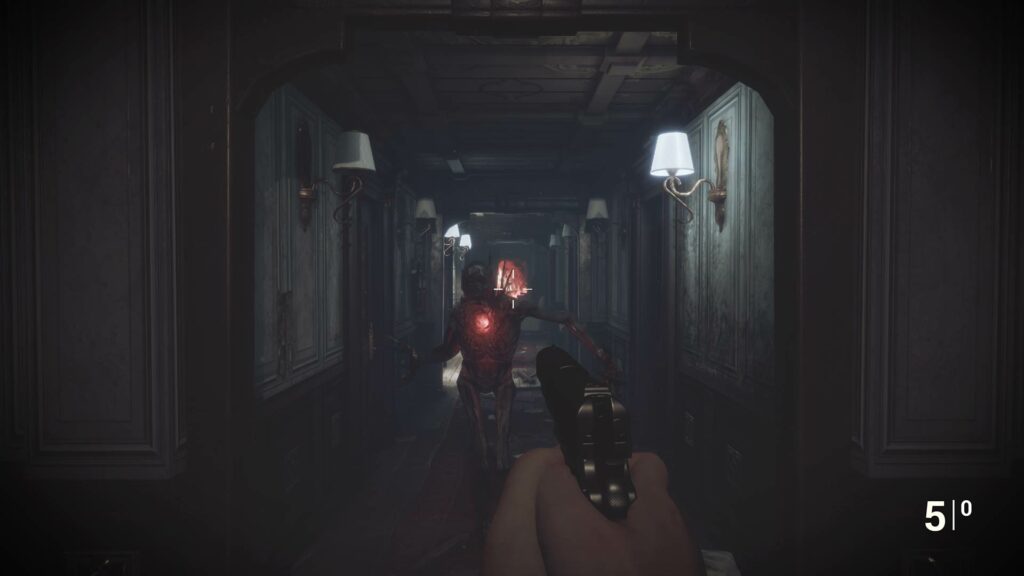
The script of Phobia: St. Dinfna Hotel is not far from typical horror stories, starting with many riddles and unanswered questions, which we are asked to answer. Amateur reporter Roberto Leite Lopes, who wants to quickly rise professionally, travels to the Santa Catarina region of Brazil to write a story and do an on-the-spot investigation after first getting some information from his girlfriend Stephanie. about a series of mysterious happenings in the area.
Thus, Roberto will be in the area of Treze Trilhas, Santa Catarina, which hosts the Hotel St. Dinfna, a mysterious and labyrinthine hotel, in order to investigate the information about the place as well as the reports of a series of disappearances, but also the rich paranormal activity of the place.

The game begins with Roberto’s arrival at the hotel, a majestic and mysterious building that one could say is also the protagonist of the title, since it will be the place where most of the story will unfold. As mentioned above, Fobia is a game with clear influences from other successful and acclaimed horror games of the past. Our hero suffers from partial amnesia and slowly tries to piece together the puzzle of his memories, first exploring the hotel and then some other places, which he will discover later, while his exploration will take place both in the present and in the past.
So, almost immediately, a familiar loop of exploration, puzzle-solving, and combat is established as our intrepid investigator grabs a pistol, and a mysterious sense of purpose drives him forward. The inventory, as in the Resident Evil series, is in boxes that represent the positions occupied by the various items in our possession, while it can be expanded over time.

During our wanderings we will find a small selection of weapons – unfortunately only four – a pistol, a carbine, an automatic, as well as a fourth weapon which is quite well hidden and can escape the player. However, when found, it “unties” our hands, since it is very powerful. Our progress is saved in predetermined places (wall clocks), which we gradually discover, while we also gradually discover places where the well-known storage boxes for our equipment are located in order to create some space in our inventory.
More generally, in the field of inventory management, Fobia: St. Dinfna Hotel follows the well-known recipe of older titles, while another familiar part is the combination of various “materials” to create simple or more sophisticated bandages, which the protagonist can use to restore his “health”.
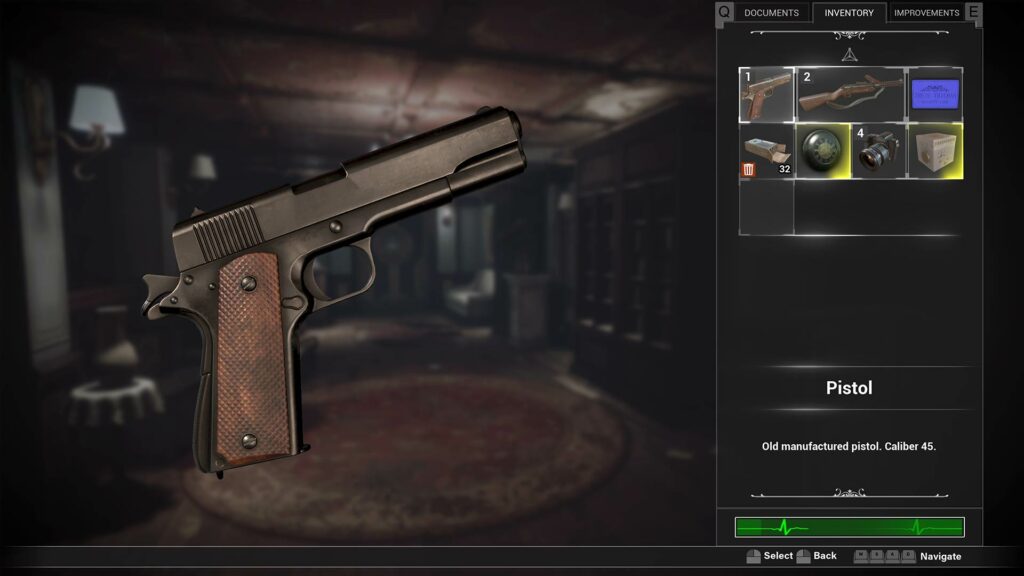
As a point of differentiation, Fobia equips us fairly early on with a special camera (inspired by Outlast) that can be used to warp time and space. Looking through it the space around us will change as the world will warp to reflect a different reality. In this area we can move through previously inaccessible areas, find hidden objects and small pieces of the game’s history.
This feature is a welcome addition to the game since through it we will spend a lot of time searching and exploring the hidden places of the hotel within its eerie corridors. Moving on to the main parts of the gameplay, an important part of it – and unfortunately perhaps one of the weakest points of the game – is the battle and everything that has to do with it.
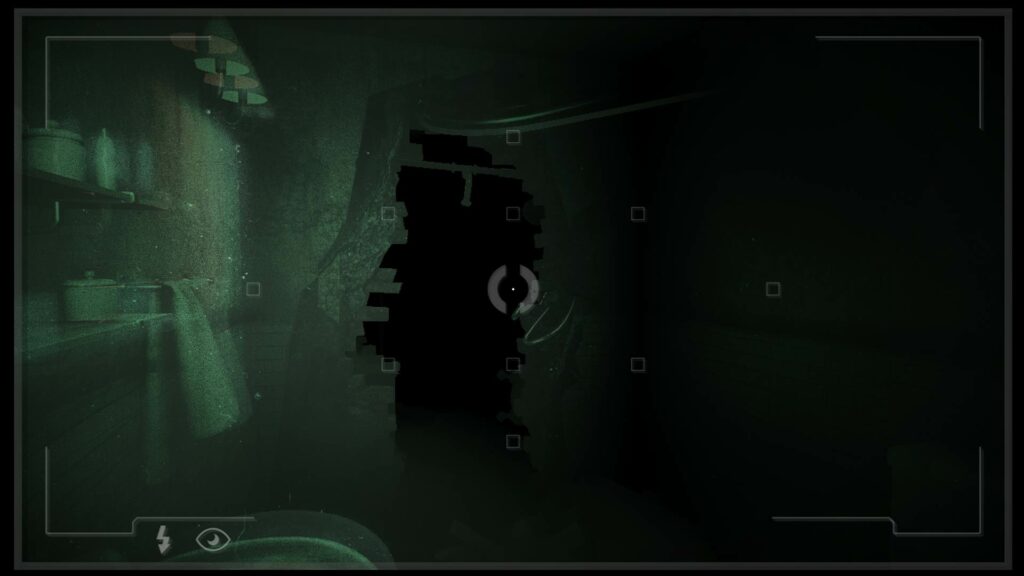
First, we will have to discover the weapons with which we will be able to face the enemies that we will meet during our engagement with the title. The enemies are relatively easy to deal with, while some – if the player moves quickly – can be overtaken in order to save some ammunition, which in the initial part of the title is quite difficult to find. However, the variety of enemies is so small (only two types of enemies), that after a while they are at least repetitive. Combined with the rather clumsy camera during combat, but also the generally poor feel of the weapons during shooting, the combat part is quite weak.
Apart from the main enemies, another familiar mechanism from other games is that of the appearance of a certain enemy (like “Mr. X”), which stalks us during the game and appears while we explore the hotel. There are also a small number of boss fights, with the final boss being unfortunately the most uninteresting. In all the boss fights, it is enough to have a lot of ammunition and some bandages to complete them, since they do not present any particular difficulty or require a different approach.

Closing with the field of combat and weapons, during our wanderings in the corridors of the hotel we will also find some “special” materials, which will serve us to upgrade either the special camera we will have in our possession or the weapons which we will use.
Leaving behind the weak part of the combat, we come to that of the puzzles, which Fobia does much better. The title has quite a few puzzles and puzzles, some of which are quite interesting and challenging, but there are also puzzles that are quite simplistic or repetitive. An unfortunate choice of the creators is that some puzzles lead to a second puzzle piece, however when they are all solved in order the result is not as “grand” as we would expect. But there are also puzzles – such as, for example, one with a chessboard – that require the player to explore and research the area more. In general, however, the part of the riddles as well as that of the puzzles is quite interesting, demanding and certainly one of the strongest points of the game.

In the hotel and the surrounding areas we will also find the classic safes with codes but also various doors with cards and codes, the code of which will be found either in some document in the room or written, always – strangely – on the wall next to them, which we find using the special camera. This gameplay design essentially reduces the need for combinatorial thinking and exploration.
The Story of Phobia: St. Dinfna Hotel is based on the well-known trope of the genre: An enigmatic outsider with amnesia investigates a ghostly place, a mysterious female voice guides him through messages or the phone, an imposing, labyrinthine and terrifying place must be explored, adversaries await, ready to frighten the player (sometimes), documents full of history are scattered in every room, a mysterious organization has set its goal to prevail its ideology and gain power in the world. And of course, the central hero is the regulator of everything, the catalyst of the developments that follow.

The positives of Fobia include the minimal HUD, which shows only the essentials, without “hiding” a large part of the screen, but also the general direction of the art direction, which goes hand in hand with the story of the game. The creators have tried to “scare” the player, sometimes successfully and sometimes not so much, while the entire approach and execution of the title – in almost all its areas (visuals, script, gameplay, core mechanics) – “turn a blind eye” to the player, reminding him of well-known horror games of recent years.
The general aesthetic of the hotel is quite good, but unfortunately the corridors and the rooms – from one point onwards – are a bit repetitive. However, several small, interesting touches in the corridors and rooms of the hotel, and later in the rest of the places we will visit, show a great level of care. The special camera, although used a little, adds an interesting piece of horror, which raises the intensity of the game quite a bit.

The choice to not have a map in Fobia, but to have the player rely solely on the maps found on the hotel walls or from memory, is another creative touch that helps increase the length, but the absence of a map is also a big disadvantage, since the player – especially during the first hours of his engagement with the title – will find it quite difficult to navigate the corridors and floors of the hotel.
The development of Fobia was based on Unreal Engine 4, with the environments and the hotel being quite neat. However, both the animations of the enemies, which are quite “wooden”, while its lighting, which is subdued in most places, is not its strongest point. It is worth mentioning that on the new generation consoles ( PS5 / Xbox Series ) there is also an option to activate Ray Tracing, but without any noticeable improvement.

The duration of Fobia varies – depending on the way and approach to play – from 10 to 14 hours, however the developers of the game promise that the game can last up to 25 hours for someone who wants to fully explore it. After the end, the option for New Game + is also given, to discover all the secrets of St. Dinfna Hotel and to explore all the places we didn’t happen to explore in the first attempt. There are two alternate endings, for which we have to go back to the last save and face the final boss again in order to see both alternates at the end of the story.
The voice overs, despite the limited budget of the title, are quite well executed, although the English voice over is clearly of a lower level than the corresponding Portuguese one, which was also the original, since the game was developed in Brazil.
Phobia: St. Dinfna Hotel is an indie horror game that draws its inspiration from previous, successful horror titles of the past, while at the same time it has some good ideas, but it lags behind in execution apparently due to the inexperience of the newly formed team from Brazil and the small budget it had at her disposal. It’s definitely not for everyone, but fans of horror games (see Resident Evil, Silent Hill, Outlast) will appreciate it, as long as they like exploration and puzzle solving.
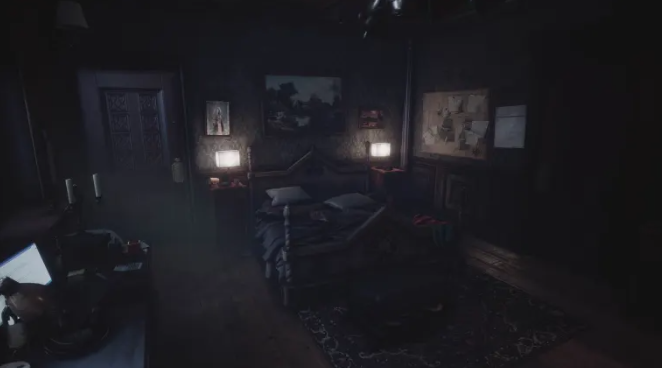
![Review: The Last Of Us Part I [PS5]](https://gamingbreakthrough.com/wp-content/uploads/2022/09/3z733s5snn491-550x300-1-445x265.png)
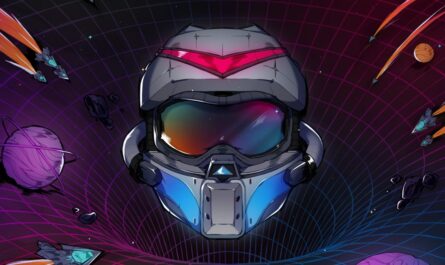
![Review: The Quarry [PS5, PS4]](https://gamingbreakthrough.com/wp-content/uploads/2022/07/The-Quarry_20220616093533-550x300-1-445x265.jpg)